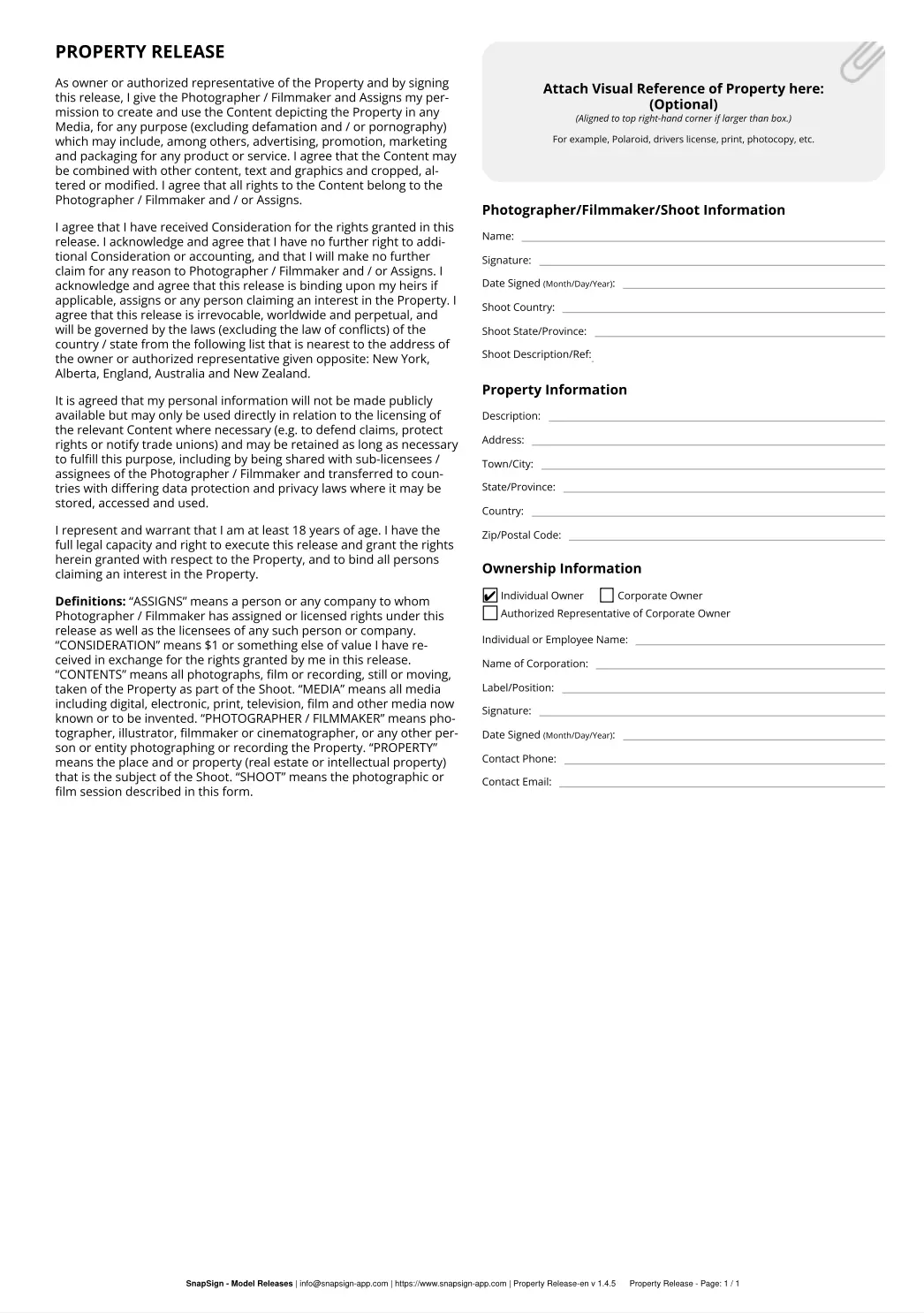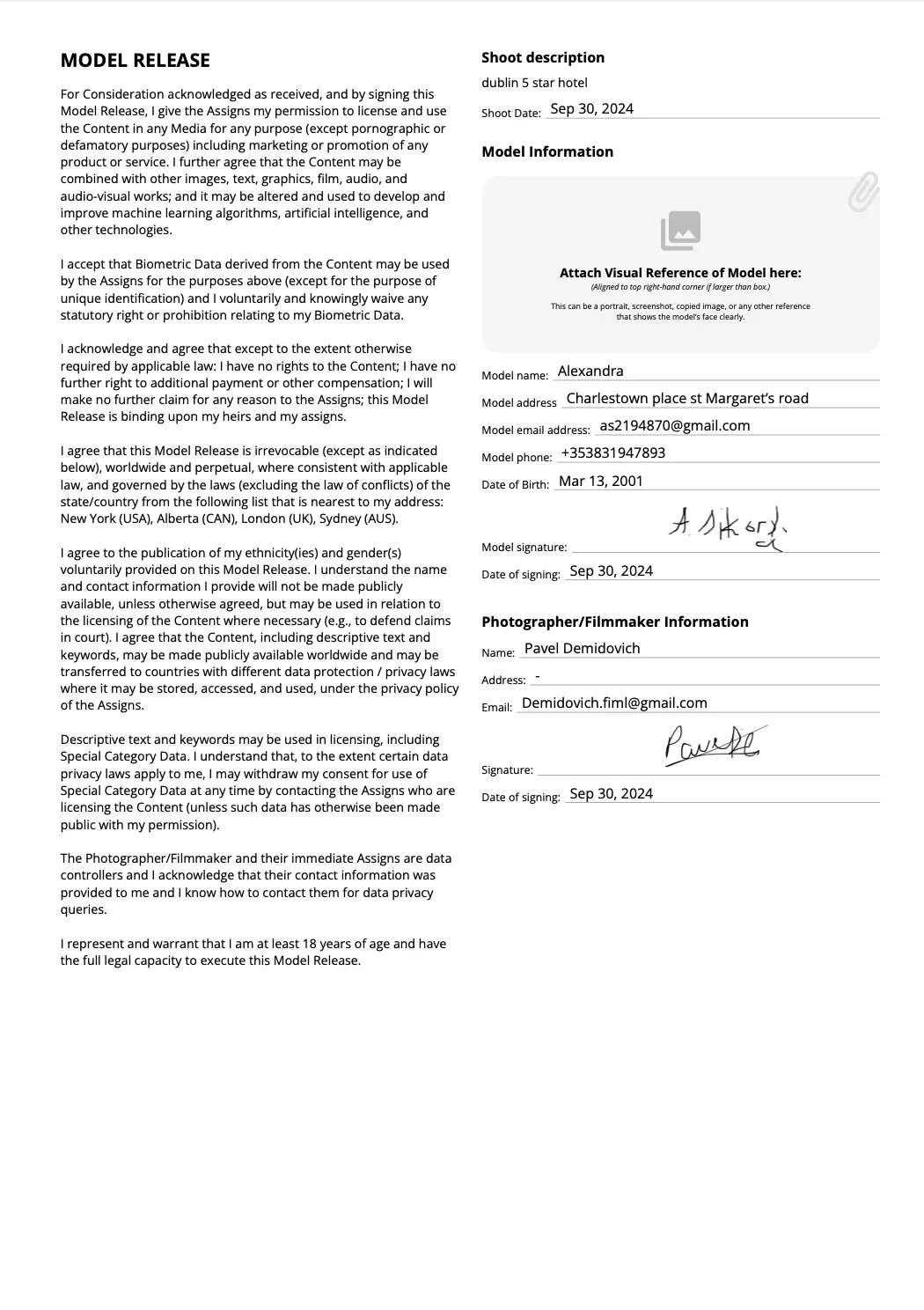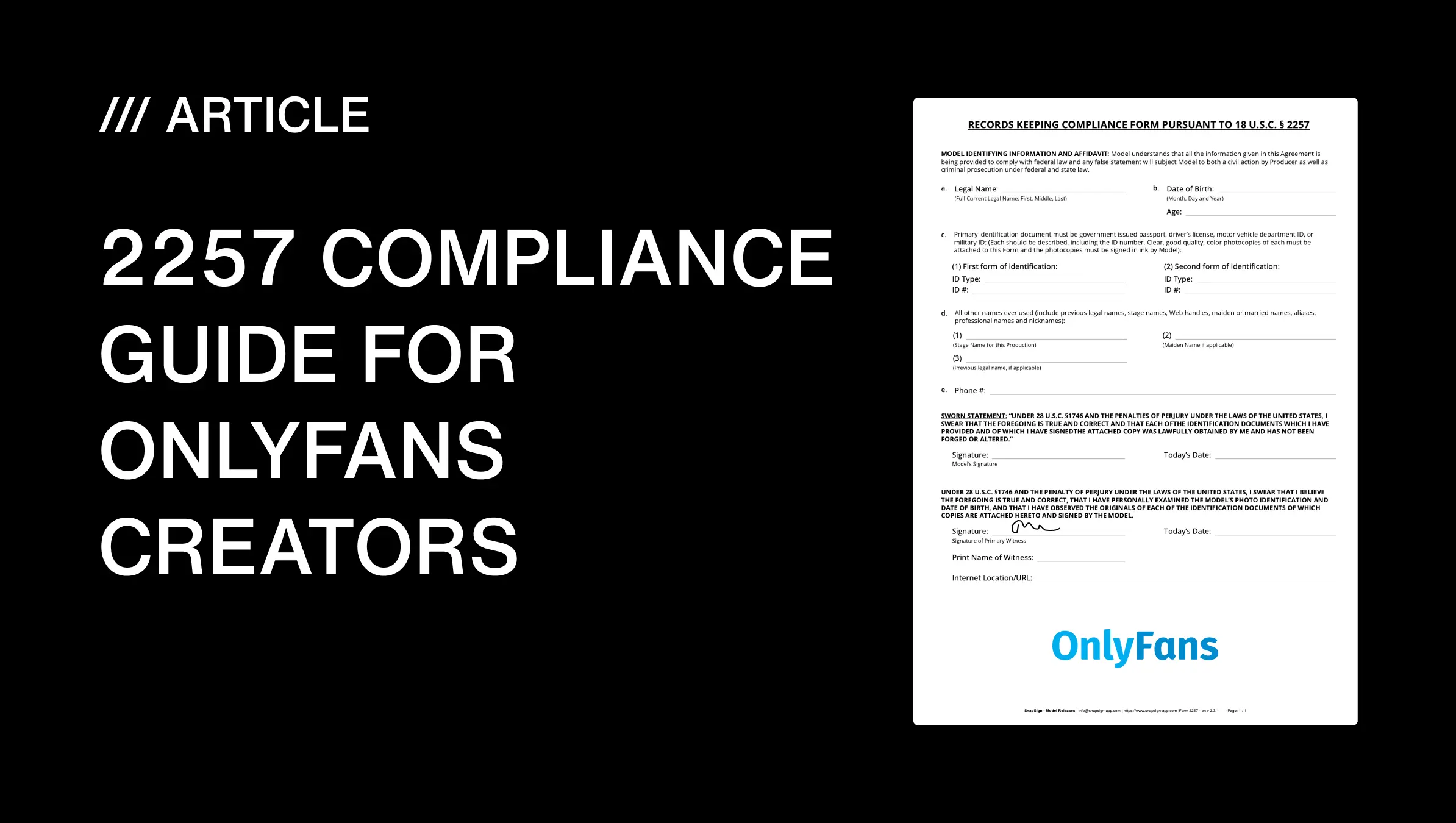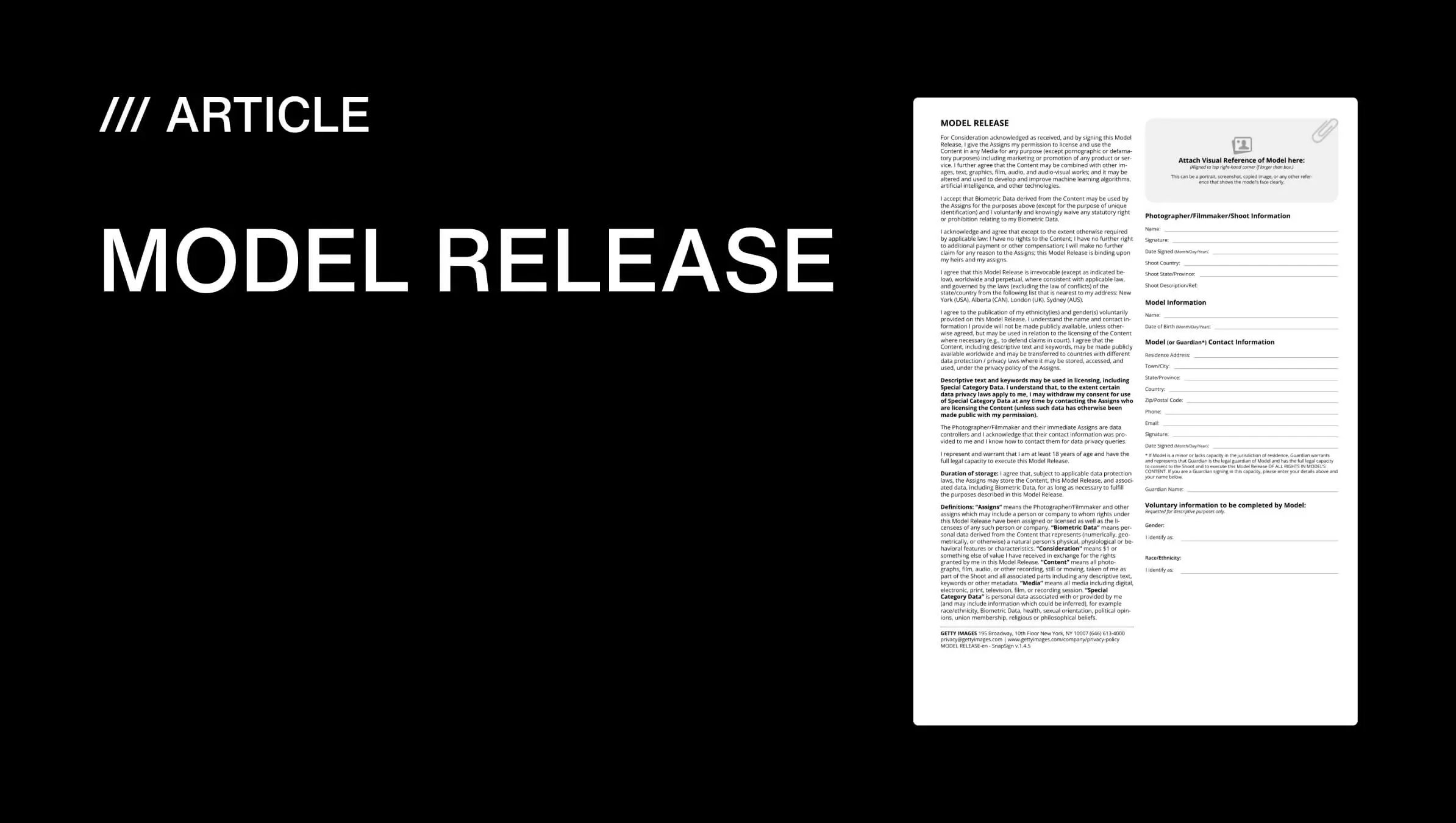That Time I Lost a Killer Shot Because of a Missing Form
I still remember this shoot - sun was perfect, the subject was glowing, and the frame? Chef’s kiss. Everything was on point. But when I tried to license it for a client, I hit a wall. No model release. No deal.
Look, if you're out there shooting - whether it's portraits, films, or brand stuff for socials - you really need to know when a model or property release comes into play. Trust me, it’s not just boring paperwork; it’s what stands between you and a potential mess that could cost you your work - or worse, your paycheck.
Let’s analyze everything in a practical manner.
So, What’s a Model Release?
Basically: It’s Permission to Use Someone’s Face for Business
Think of a model release as a formal “yes” from your subject. It gives you permission to use their likeness - face, body, even identifiable tattoos - for commercial stuff: ads, brand promos, websites, and so on.
“If you’re making money with their face in the frame - get the paper signed.”
When It’s 100% Required
If there’s even a chance the content will be used commercially, lock it in. Doesn’t matter if it’s a TikTok ad, a billboard, or product packaging - if someone can be identified, you need that release.
Model Release Form Checklist
What’s a Property Release, Then?
The Same Concept - But for Things Instead of People
Now, a property release is what you use when your content features someone’s stuff. That could be a vintage car, someone’s private home, an epic graffiti wall, or a cozy Airbnb kitchen with personality.
If it’s owned, unique, and clearly visible? You’re better off getting the owner's blessing in writing.
When Is a Property Release Required?
- • Shooting inside a designer home or boutique shop
- • Featuring artwork, murals, or sculptures
- • Using someone's pet in a shoot
- • Filming high-end vehicles or unique property
- • Showing off a branded café or workspace interior
What’s Usually in a Property Release
- • Owner’s name and signature
- • Description of the location or item
- • Usage rights granted
- • Shoot date and location
- • Any payment or trade agreed on
What Happens If You Don’t Bother?
Legal Headaches, Takedowns, and Lost Revenue
Skip a release and you risk someone pulling your work from platforms, sending cease-and-desist letters, or worse - suing for damages. Especially in the US, UK, or Australia, where rights enforcement is no joke.
Verbal “Okay” Means Nothing
They might’ve said “go for it” at the time, but if they change their mind later? You’re in a bind if there’s no signature. Verbal permission doesn’t hold up in a commercial dispute.
Model Release vs. Property Release - What’s the Real Difference?
It’s All About Who (or What) You’re Protecting
- • Model release covers people - their identity, image, likeness.
- • Property release covers things - locations, artwork, pets, etc.
Both Grant You Permission to Use the Content Commercially
They’re your legal safety net. They prove you got consent, which protects your project from being yanked after it goes live - or after money’s already been spent.
When You'll Actually Use These (Real-World Examples)
Working With Brands or Agencies
Got a gig shooting promo photos or lifestyle content? You need a model release. Showing off the interior of a spa, coworking space, or studio? Grab a property release too.
Shooting Films or Documentaries
Interviewing someone for a doc or feature? Sign them up first. Showcasing a unique house, gallery, or workshop? You’ll want permission in writing.
Creating Sponsored Social Media Content
If it’s branded or monetized in any way - even a collab or affiliate link - it’s commercial. And if someone else’s face, dog, or front yard is in your video? Play it safe.
Lessons I’ve Learned So You Don’t Have To
Digital Releases Are a Lifesaver
An app like SnapSign is clutch when you’re out in the field. You can grab a signature right on your phone - no printer, no paper cuts.
Make the language easy to understand.
Speak like a person, not a machine. Clarify precisely the purpose for which you are utilizing the photo or video footage.
“This lets me use your image for promotional or advertising use online and in print”
Get It Signed Before You Shoot
I once had an amazing portrait shoot, only for the subject to ghost me when it came time to sign. Lesson learned. Always get the paperwork done before you press the shutter.
Use Templates (or Better, Get a Custom One)
Free templates work fine for small shoots, but if you’re working with big brands or running an agency, get a lawyer to draft a release that covers your specific needs.
Apps I Actually Use on Set
SnapSign – A lightweight, fast tool for getting legally binding e-signatures on the go. Works great from mobile or desktop, and you can store all your signed releases in the cloud for easy access later.
In Closing: Protect Yourself Before You Create
This isn’t about being paranoid. It's about being efficient. If your content holds value - and you intend to share or sell it - ensure that you have legal protection.
“The best photo I ever shot? Totally unusable - because I skipped the release. Never again.”
Whether it’s a quick client shoot or a week-long doc project, keep release forms in your kit like you would extra SD cards or batteries. When in doubt, get it signed.







